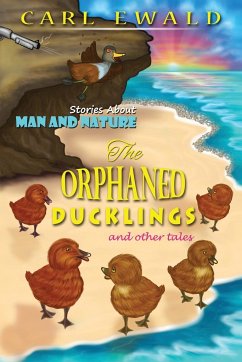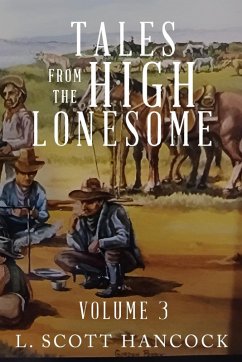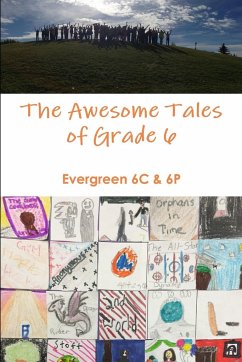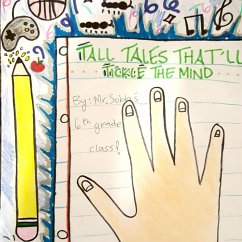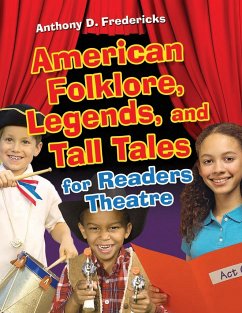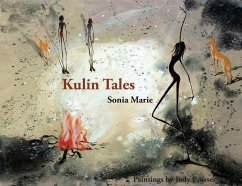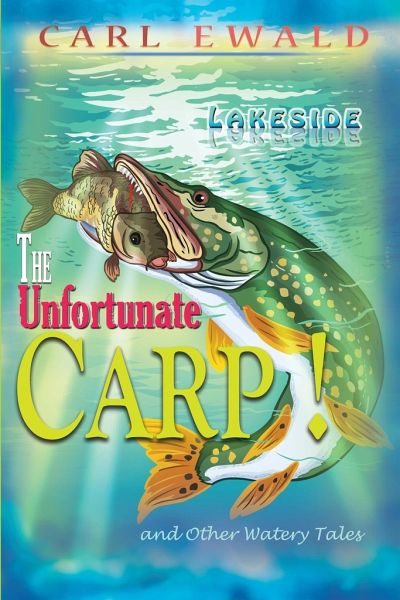
The Unfortunate Carp! and Other Watery Tales

PAYBACK Punkte
9 °P sammeln!
The Unfortunate Carp! and Other Watery Tales This collection of 14 short stories provides children with a close-up look at the activities of plants and animals that reside in a seemingly peaceful lake. Through the eyes of a nesting reed-warbler couple residing at the edge of a large lake, the birds have the opportunity to chat with the many different residents of the lake that go about their business above and below the water. Would you believe how many and varied are these plants and animals? There are several species of fish, an eel, hard-shelled species like clams and crayfish, several inse...
The Unfortunate Carp! and Other Watery Tales This collection of 14 short stories provides children with a close-up look at the activities of plants and animals that reside in a seemingly peaceful lake. Through the eyes of a nesting reed-warbler couple residing at the edge of a large lake, the birds have the opportunity to chat with the many different residents of the lake that go about their business above and below the water. Would you believe how many and varied are these plants and animals? There are several species of fish, an eel, hard-shelled species like clams and crayfish, several insects. A bladderwort... a new plant name for you, possibly?... ducks and gulls, along with spreading waterlilies and lake buttercups. Yes, there are also humans that don't mind upsetting the usual give and take of a lake habitat. They each have their own special niches, with quite varying lifestyles, and the interactions between them vary from peaceful and mutually beneficial, to being sworn enemies. Children will learn about the many ways that plants and animals coexist, and they will discover for themselves the differences that make lake life so fascinating. Is a lake a "peaceful" place? Yes and No!





